Top 5 Nutrient-Rich Foods for Vegan Women Over 40
As women reach their 40s and beyond, maintaining optimal health becomes increasingly important. For those following a vegan diet looking to manage their weight, it’s crucial to focus on nutrient-rich foods that support not only any weight loss goals you may have but also overall wellness. The right plant-based choices can help you balance hormones, support bone health, and provide the energy needed to stay vibrant and active.
In this post, I’ll explore the top 5 nutrient-rich foods for vegan women over 40 that can make a significant difference in your health journey. Whether you’re new to a vegan lifestyle or a long-time plant-based eater, incorporating these foods into your diet will ensure you’re getting the essential nutrients your body needs. From flax seeds for hormone balance to leafy greens for bone health, these powerhouse foods are not only delicious but also packed with benefits that cater specifically to the needs of women in this age group.
Let’s dive into the best vegan nutrition tips for women over 40 and discover how these foods can support your health goals, enhance your vitality, and help you thrive into your 40s and beyond.
1. Flax Seeds
Flax seeds or linseeds are a fab vegan source of omega-3 fatty acids, which is especially important for vegan women who may not be getting omega 3 elsewhere (from oily fish for example). Ground flax seeds are something I almost always encourage my clients to add to their diet especially when they are vegan women. These fatty acids are named as “essential” fatty acids, meaning that we can not create them ourselves in our body and so we must get omega 3 from our diet.
Flax seeds for hormone health?
Flax seeds are also high in something called phytoestrogens. These have been shown to help reduce menopause symptoms associated with low oestrogen including hot flushes (1). This is especially crucial for women over 40 who are about to enter (or may already have) perimenopause.
Lastly, flax seeds are a very good source of fibre. Helping to keep you fuller for longer which is perfect for a weight loss goal where you want to be aiming for meals that keep you full for as long as possible and avoid hangry snacking! The fibre found in flax seeds also acts as a prebiotic, supporting a healthy gut microbiome!
How to add flax seeds into your diet?
Always opt for ground flax seeds, they are so fibrous that if you were to eat them whole they are very likely to just travel straight through you! But ground up, you’re more likely to access those beneficial nutrients inside! You can buy them pre-ground in the baking aisle or with the fresh nuts and seeds or you can blitz them yourself in a blender – just make sure to store in the fridge as they can go rancid.
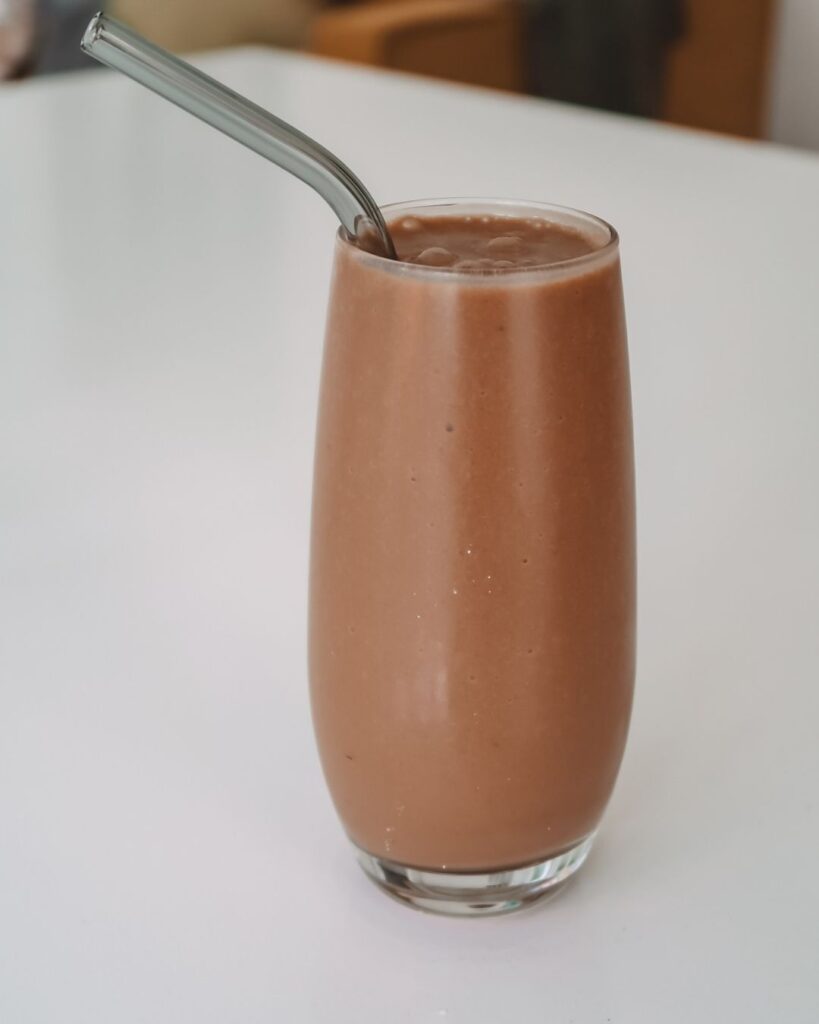
- Add to oatmeal – I like adding a tbsp to my morning oats & cooking it in & it makes the most amazing textured oats! Or you can just sprinkle on top.
- Add into smoothies to up the fibre
- Sprinkle over salads
- You can even mix a tbsp of flax seeds with 1 tbsp of water & leave to “set” and use the sticky mixture that forms as an egg replacer in lots of recipes!
2. Lentils
Lentils are an incredible addition to anyone’s diet but especially for women over 40 and vegan women. They are a really great source of plant based protein in some cases better than beans. Protein (alongside lifting heavy things or doing weight bearing exercises) helps to maintain muscle mass which is especially important as we age. As we enter into our 40s and beyond, our hormones like testosterone and oestrogen drop which makes it harder for us to maintain our muscle mass so a focus on protein rich foods is vital.
Lentils are also very dense in iron and folate, both are important for mental health & energy levels which we know can diminish into menopause and as we age. This doesn’t have to be true for you if you can support yourself well with nutrient rich foods like lentils & other whole plant foods!
Lentils also are very high in fibre just like flax seeds and so are really beneficial in cultivating a healthy microbiome which in turn helps to regulate your energy, appetite, immune system and so much more. The soluble fibre in lentils and other plant based foods also helps to lower cholesterol levels, promoting cardiovascular health which is incredibly important as cardiovascular disease is one of our leading causes of death.
How do I use them?
There are so many different kinds of lentils out there: red, green, puy and more! I use all of these in different ways:
- Puy lentils: I usually buy in microwavable pouches. These are so good for lazy days when you don’t want to cook but you want something tasty and easy! There’s lots of different flavours out there just check out the bean aisle in your local supermarket – I personally really love the french tomato merchant one on a jacket potato!
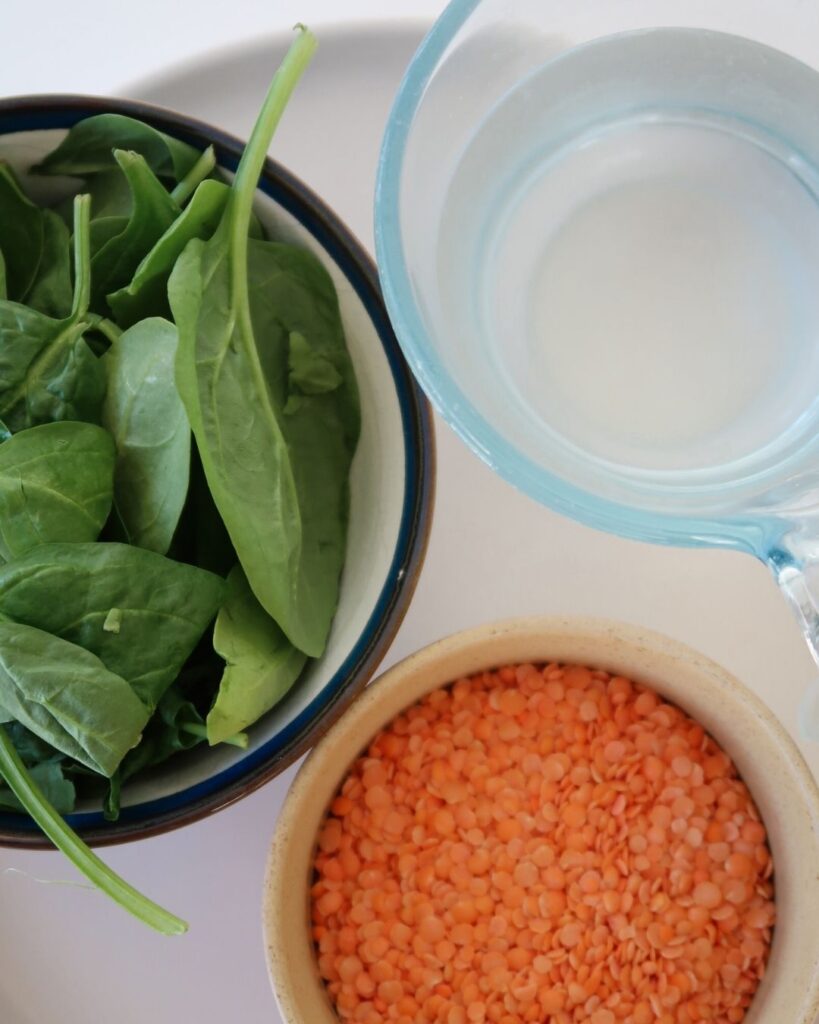
- Red lentils make a great base for soup or to make your own dahl. You can also cook up some red lentils & blend them into sauces to thicken them up and add a little protein fibre boost!
- Green lentils I buy canned & I use these in a vegan bolognese or a pasta salad. But the possibilities are endless just have a google of lentil recipes.
- Cook up some lentils and quinoa or brown rice at the start of the week and use it as your carbohydrate base for component bowls or salads – this is a really fab way to plan ahead & add more protein to your week.
3. Tofu
Tofu (or other soy products) is such a nutrient powerhouse and in my opinion is not utilised enough by the non-vegan community! It’s so delicious as it absorbs all the flavours you cook with so if you don’t like it, I promise it’s just because you’ve not found the right recipe yet!
Tofu is often set with calcium (you can find out if yours is by reading the ingredients list) making it a great source of calcium for vegans! For older plant based women calcium is super important to protect bone density as you age and fracture risk becomes higher. 40 is incredibly young to be worrying about breaking a hip but in the future you will be so grateful that you took the steps now to keep her safe.
Tofu and other soy products also have those phytoestrogens that I previously mentioned in the flax seed section. Soya especially has been shown to help support menopause symptoms (2,3). Only as much as 150g of silken tofu contains about 75% of the isoflavones that have been shown to improve symptoms (4).
Tofu is also a fab protein source whilst still being lower in calories meaning it is ideal as a weight loss food because it fills you up and keeps you satisfied for longer!
How to include it in your diet?
There are multiple forms of tofu – silken (found in the bean isle, free from section or world foods), firm and super firm.
- Silken tofu can be blended to create a thick cream that you can use for desserts like a protein chocolate mousse or can be blended into a sauce to make a creamy pasta sauce or high protein curry.
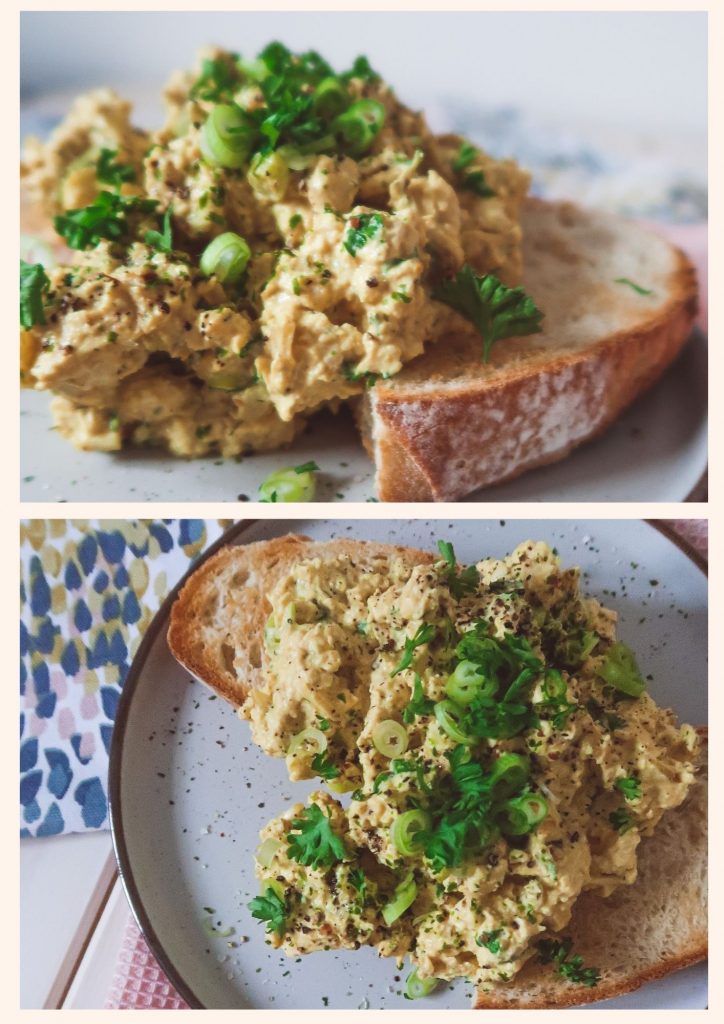
- Firm or super firm tofu needs to be patted dry with a clean cloth before use so that it can really absorb all the flavours you add to it. If I’m looking for speed I will chop my tofu into cubes, cover it in soy sauce and some nutritional yeast & pop in the oven to bake while I make the rest of my meal. But there are so many great tofu marinade recipes out there just have a quick google.
- You can also grate tofu like cheese to create a “pulled” meat texture; think pulled pork or shredded duck. You can then use this in a wrap or wherever else you’d use the meat option.
- Lastly you can crumble tofu up into chunks, stir fry with some turmeric, nutritional yeast, herbs of your choice & salt & pepper to create a scrambled tofu to use anywhere else you might have eggs for a high protein savoury breakfast option!
4. Berries
Berries are imo the best fruit. An antioxidant-rich vegan food, berries help your body combat oxidative stress which may reduce signs of ageing as well as support cellular health, energy metabolism and decreasing disease risk.
Berries are also a good source of vitamin C which supports a healthy immune system, vital as we begin to age, we also don’t store vitamin C so it’s crucial that we continue to eat good amounts of it daily.
They also are nature’s sweets. Making them the number 1 best low-calorie weight loss snacks. If you dont think berries like strawberries or raspberries are sweet then your taste buds might just need to adjust from sugary processed foods! Try cutting out sweets for a couple of weeks and any foods with added refined sugar and berries will taste a lot sweeter I promise – especially if you buy them in season.
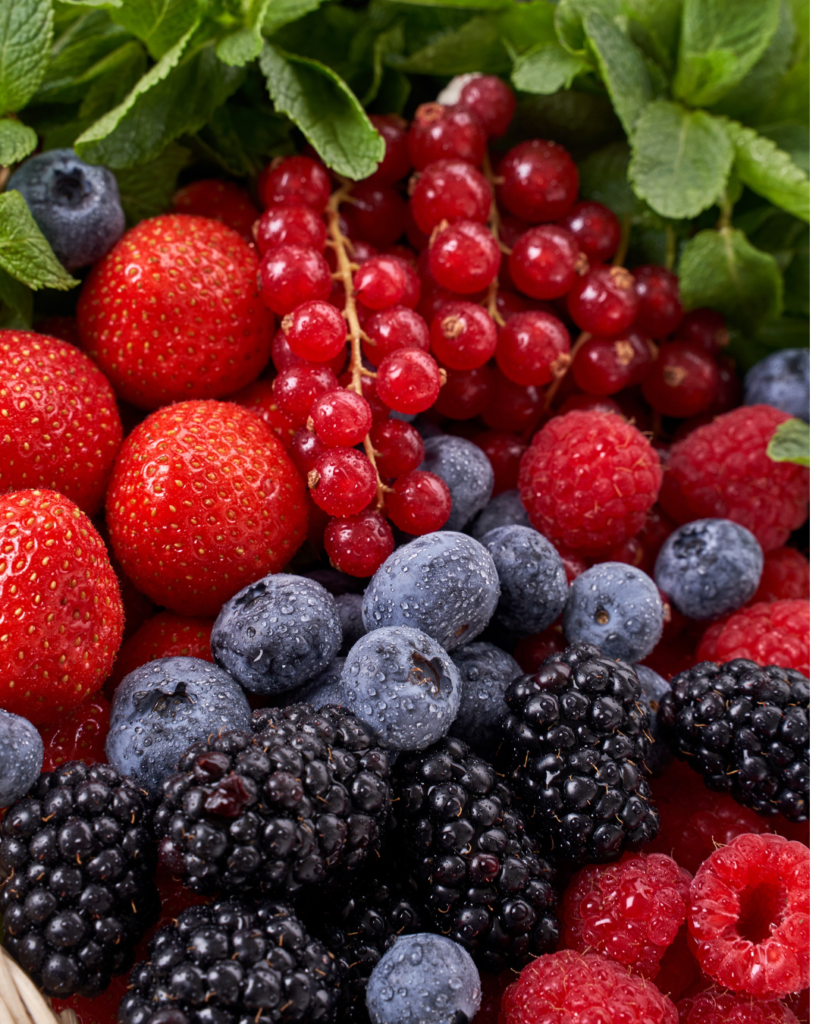
Best way to enjoy them?
As a snack, eat as many as your heart desires. Or to top porridge, yoghurt or opt for frozen blended into a smoothie or even better, smoothie bowl.
5. Leafy Greens
Lastly but certainly not least is leafy greens. Think, kale, spinach, chard, cabbage, rocket etc…. These are the best foods you can start adding into your diet right now with the most nutrition per calorie. They are a great weight loss food as well as a nutritional powerhouse. Rich in vitamins A, C, K, iron, calcium, and magnesium, getting into the habit of adding greens to your diet now is going to set you up so well for the future. Magnesium supports healthy energy production supporting your energy levels as you enter into menopause. Vitamin K and calcium act together to support strong healthy bones. Chlorophyll, the pigment making the green colour may aid with detoxification & the high fibre content will also help support gut health.
How to add these to your diet?
There are so many ways you can add these to your diet, the obvious being in salads or cooked into stews & curries. But I have a few other little hacks too!
- Freeze kale & once it’s fully frozen you can crunch up the leaves into your meals – it breaks down the texture so you’re not chewing through tough leaves and if you also add some dried herbs the kale kind of blends in so you don’t even notice it (this works great in a pasta)! Especially great if you need to trick yourself at first into eating it
- Spinach, rocket or kale can also be blended into a pesto sauce
- Chop up your kale, remove the tough stems & massage some lemon juice or olive oil into the leaves. Really massage it well as this helps break it down and make it much more enjoyable to eat.
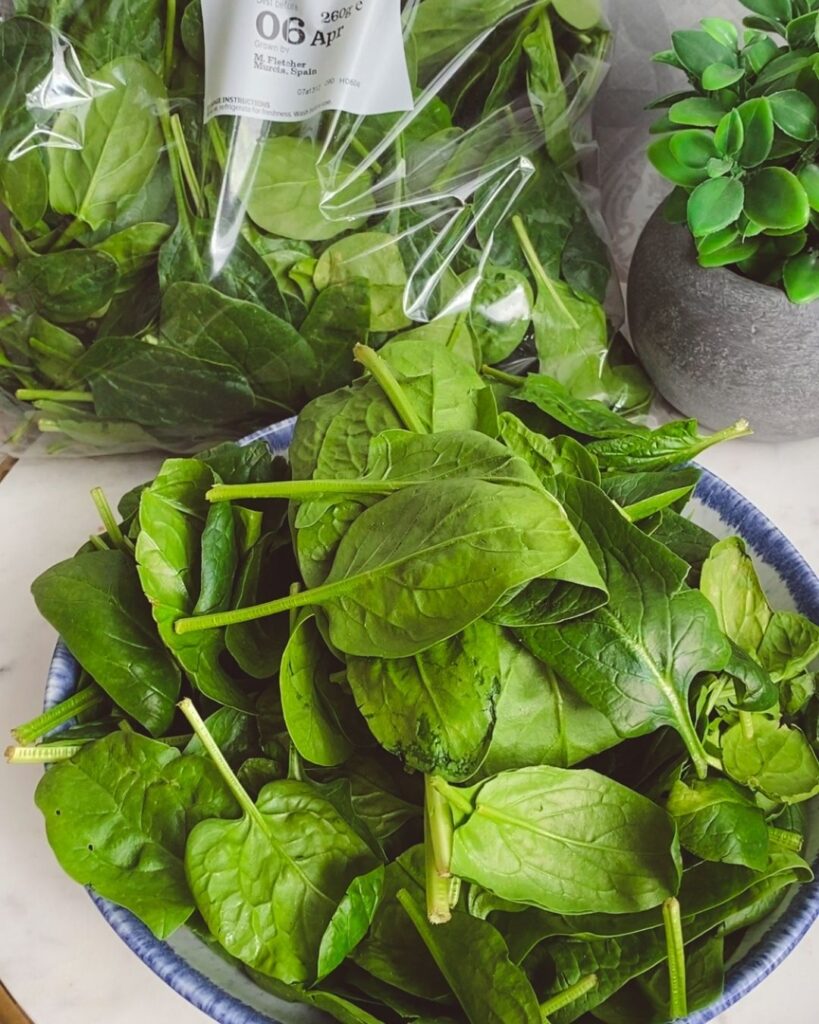
Of course all of this is general advice and you should seek personalised guidance when it comes to changing your eating habits from a professional like myself or your GP (especially if you regularly take any medications). Our 40s and beginning into menopause is a really great opportunity to re-evaluate our health habits and start to really think about how we want to support ourselves into our older years. If you’d like to explore working together and book a 1:1 consultation with myself, click here to book a free health planning call or click here for more information on my 1:1 consultations!
References:
- Stovall, D. W., & Pinkerton, J. V. (2009). MF-101, an estrogen receptor beta agonist for the treatment of vasomotor symptoms in peri-and postmenopausal women. Current opinion in investigational drugs (London, England: 2000), 10(4), 365-371.
- Barnard, N. D., Kahleova, H., Holtz, D. N., Znayenko-Miller, T., Sutton, M., Holubkov, R., Zhao, X., Galandi, S., & Setchell, K. D. R. (2023). A dietary intervention for vasomotor symptoms of menopause: a randomized, controlled trial. Menopause, 30(1), 80–87. https://doi.org/10.1097/GME.0000000000002080
- Wei, P., Liu, M., Chen, Y., Chen, D.-C., & De-Cai, C. (2012). Systematic review of soy isoflavone supplements on osteoporosis in women Asian Pacific Journal of Tropical Medicine Systematic review Soy isoflavone Bone mineral density Urine deoxypyridinoline Serum bone alkaline phosphatase. In Asian Pacific Journal of Tropical Medicine. www.elsevier.com/locate/apjtm
- Messina, M., Nagata, C., & Wu, A. H. (2006). Estimated Asian adult soy protein and isoflavone intakes. In Nutrition and Cancer (Vol. 55, Issue 1, pp. 1–12). https://doi.org/10.1207/s15327914nc5501_1
